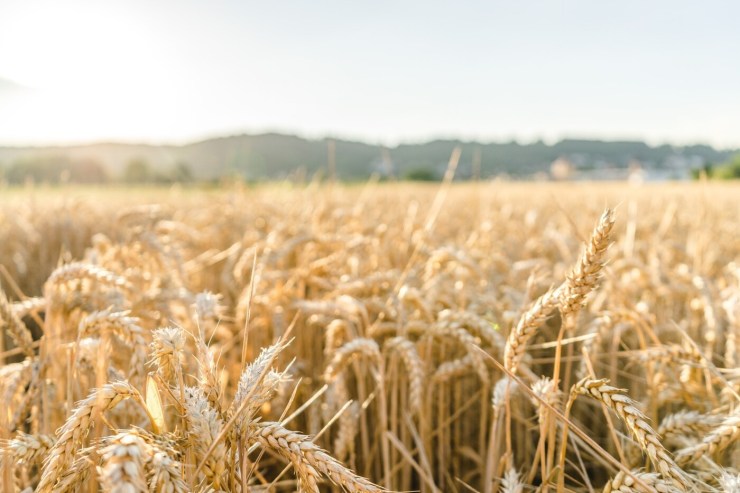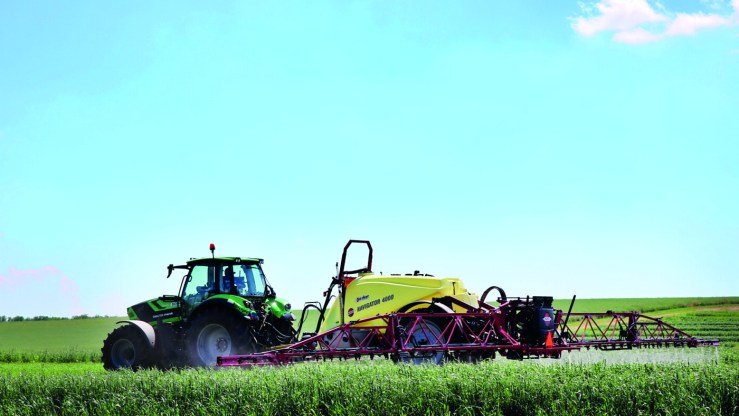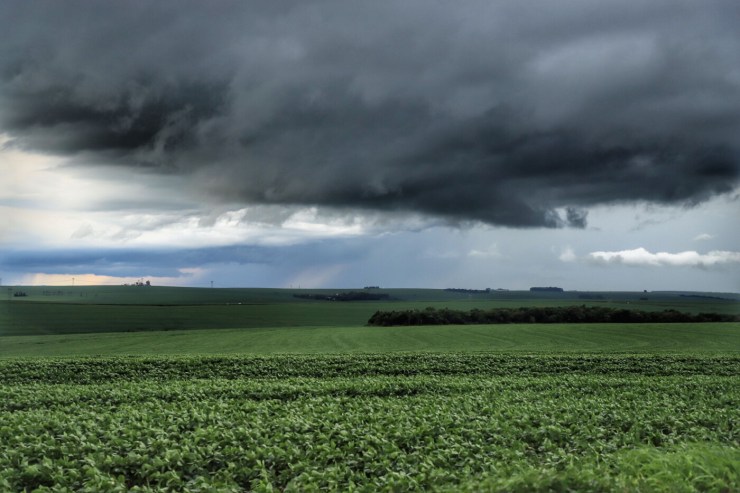Asian soybean rust, caused by the fungus Phakopsora pachyrhizi, first appeared in Rio Grande do Sul in October 2024, shortly after the end of the sanitary break, in crops in Cruz Alta. Monitoring carried out by the Department of Diagnosis and Agricultural Research of the Secretariat of Agriculture, Livestock, Sustainable Production and Irrigation (DDPA/Seapi) and by Emater/RS-Ascar detected high levels of spores (infection) in the initial weeks of the 2024/25 harvest, particularly in Muitos Capões (602 spores), Três Passos (372), Ijuí (293), and Cruz Alta (205).
The results are shown in the Technical Circular No. 29 – RS Rust Monitoring Program. October and November recorded the highest inoculum levels, followed by March. Among the regions, the Middle Plateau presented the most critical situation, with 5,584 spores, followed by the Upper Plateau–Serra do Nordeste (2,908) and the Upper/Middle Uruguay Valley (2,281). The analysis indicated that peaks of the fungus occurred shortly after rainy periods and in conditions of high relative humidity.

Photo: Shutterstock
Despite the high initial infection rate, the climate slowed the spread of the disease. The 2024/25 harvest was marked by climate neutrality—no predominance of El Niño or La Niña—but with below-average rainfall across much of the state and heat waves in February and March, when temperatures exceeded 41°C. These factors reduced the formation of new outbreaks and resulted in less progress than observed in the previous harvest, when El Niño favored the greater spread of rust.
The study also involves the participation of other research institutions, in addition to the Department of Plant Protection (DDV/Seapi). The DDV director emphasizes that the objective is to monitor the presence of the fungus in soybean production areas and identify weather conditions favorable to its development, allowing for the development of a risk forecast for Asian rust. "The information generated can be used to initiate disease control and to inform decisions regarding the use of fungicides," emphasizes Ricardo Felicetti.
Research and monitoring
The aerobiological monitoring program for rust in Rio Grande do Sul maintains spore collectors in 77 soybean fields, distributed across 75 municipalities representing the state's 11 ecoclimatic regions. Data is updated weekly and made available on online maps, assisting producers in preventive disease management.
According to Andréia Mara Rotta de Oliveira, a doctor in plant pathology at Seapi and one of the study's authors, the results of the Technical Circular "reinforce the importance of climate monitoring combined with pathogen surveillance as an essential strategy for the preventive management of Asian soybean rust."
The state is currently observing a soybean health holiday, effective from July 3rd to September 30th, when the maintenance of volunteer plants or those in any stage of development is prohibited. This measure is considered essential to reducing the survival of the fungus between harvests.





